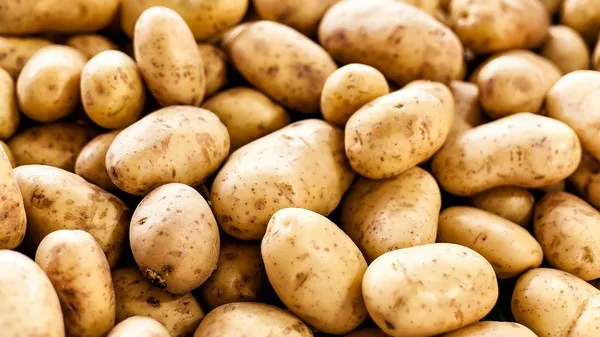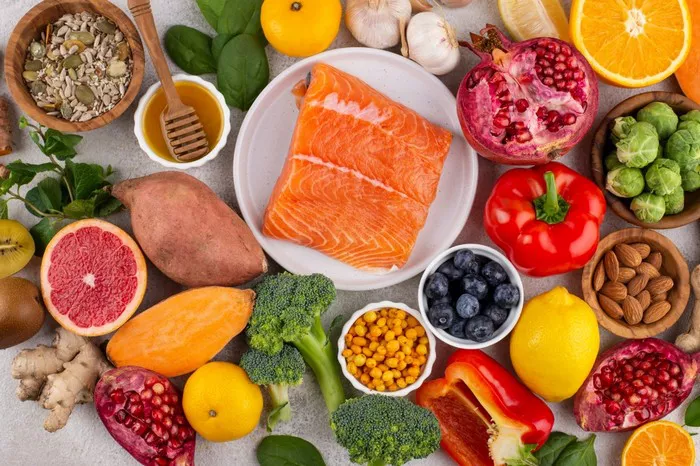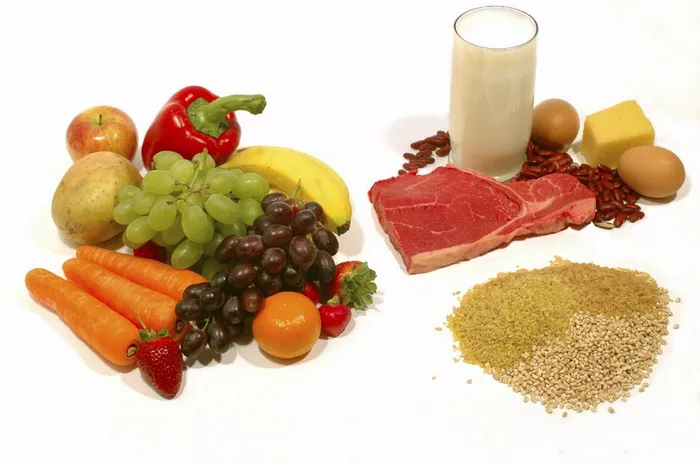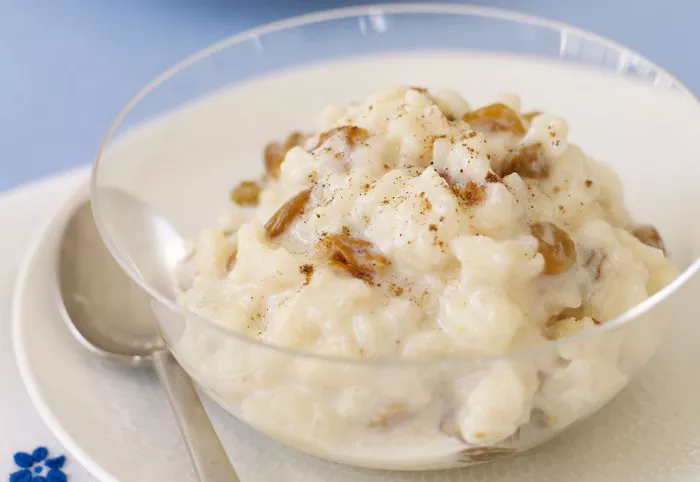Baked potatoes are a common comfort food. Many people enjoy them with toppings like butter, cheese, or sour cream. However, for those with diabetes, dietary choices can be crucial. This article explores whether baked potatoes are a good option for diabetics, looking at their nutritional content, glycemic index, potential health benefits, and tips for preparation.
Understanding Diabetes
Before diving into the specifics of baked potatoes, it’s essential to understand diabetes. Diabetes is a condition that affects how your body uses glucose, a type of sugar. There are two main types:
Type 1 Diabetes: This is an autoimmune condition where the body does not produce insulin.
Type 2 Diabetes: This is more common and occurs when the body does not use insulin effectively.
Both types can lead to high blood sugar levels if not managed properly. Diet plays a significant role in managing blood sugar levels.
Nutritional Content of Baked Potatoes
Baked potatoes are primarily made of carbohydrates. Here’s a breakdown of their nutritional content (per medium-sized baked potato, about 150 grams):
Calories: Approximately 161
Carbohydrates: About 37 grams
Fiber: Roughly 4 grams
Protein: About 4 grams
Fat: Less than 1 gram
Vitamins and Minerals: Baked potatoes are rich in vitamin C, vitamin B6, potassium, and magnesium.
Carbohydrates and Fiber
Carbohydrates are the main concern for diabetics. They are broken down into glucose, which raises blood sugar levels. However, the fiber content in baked potatoes can help slow down this process. Fiber is beneficial for digestive health and can improve blood sugar control.
Vitamins and Minerals
Baked potatoes are a good source of essential nutrients. For instance, potassium helps regulate blood pressure. Maintaining healthy blood pressure is crucial for people with diabetes, as they are at a higher risk for heart disease.
Glycemic Index of Baked Potatoes
The glycemic index (GI) measures how quickly a food raises blood sugar levels. Foods with a low GI (55 or lower) are considered better for diabetics, as they cause a slower rise in blood sugar.
What Is the GI of Baked Potatoes?
Baked potatoes typically have a moderate to high GI, ranging from 60 to 90, depending on the variety. This means they can cause a quick increase in blood sugar. However, the actual impact can vary based on several factors:
Preparation Method: Cooking methods affect the GI. For example, boiling potatoes may lower their GI compared to baking.
Potato Variety: Different types of potatoes have different GIs. For instance, red potatoes generally have a lower GI than Russet potatoes.
Serving Size: Eating a smaller portion can help mitigate blood sugar spikes.
Potential Health Benefits of Baked Potatoes for Diabetics
Despite their high GI, baked potatoes can offer several health benefits when included in a balanced diet.
1. Source of Energy
Baked potatoes are a good source of carbohydrates, providing energy. For diabetics, it’s important to choose the right carbohydrates. Pairing baked potatoes with protein or healthy fats can help balance blood sugar levels.
2. High in Fiber
The fiber in baked potatoes can help improve digestion and promote a feeling of fullness. This can be beneficial for weight management, which is crucial for diabetics, particularly those with type 2 diabetes.
3. Nutrient-Dense
Baked potatoes are rich in vitamins and minerals. Consuming nutrient-dense foods can help support overall health. Including a variety of foods in your diet can ensure you get the necessary nutrients.
How to Incorporate Baked Potatoes into a Diabetic Diet
If you enjoy baked potatoes, here are some tips to make them a healthier option:
1. Control Portion Sizes
One medium-sized baked potato is generally appropriate for a meal. However, be mindful of the portion size, especially if you’re managing blood sugar levels.
2. Choose Healthier Toppings
Instead of butter or sour cream, consider healthier toppings:
Greek Yogurt: A great substitute for sour cream, providing protein and probiotics.
Salsa: A low-calorie option that adds flavor without excess fat.
Steamed Vegetables: Adding vegetables increases fiber and nutrients.
3. Pair with Protein and Healthy Fats
Combine baked potatoes with protein sources, such as grilled chicken, fish, or legumes. This helps slow the absorption of carbohydrates and can prevent blood sugar spikes.
4. Opt for Skin-on Potatoes
The skin of the potato contains a significant amount of fiber and nutrients. Eating the skin can enhance the health benefits.
5. Monitor Blood Sugar Levels
If you decide to include baked potatoes in your diet, monitor your blood sugar levels to see how your body responds. Keeping track can help you understand how much you can enjoy them without negative effects.
Potential Risks of Baked Potatoes for Diabetics
While baked potatoes can be part of a diabetic diet, there are some potential risks to consider.
1. Blood Sugar Spikes
Due to their high GI, baked potatoes can cause blood sugar spikes, especially if eaten in large portions or without adequate balance with other food groups.
2. Unhealthy Toppings
Adding high-fat or sugary toppings can negate the health benefits. Always choose toppings wisely.
3. Processed Variants
Avoid processed potato products, like fries or chips, which are often high in unhealthy fats and calories.
Conclusion
Baked potatoes can be part of a balanced diet for diabetics, but they should be consumed mindfully. Their high carbohydrate content and glycemic index mean portion control and pairing with other food groups are essential. By choosing healthier toppings and being aware of how your body responds, you can enjoy baked potatoes without significantly impacting your blood sugar levels.
In summary, baked potatoes are not inherently bad for diabetics. Instead, they can be a nutritious option when prepared and consumed thoughtfully. By understanding their nutritional content and incorporating them wisely into your diet, you can enjoy this comfort food while managing your health effectively.
Related topics:



























